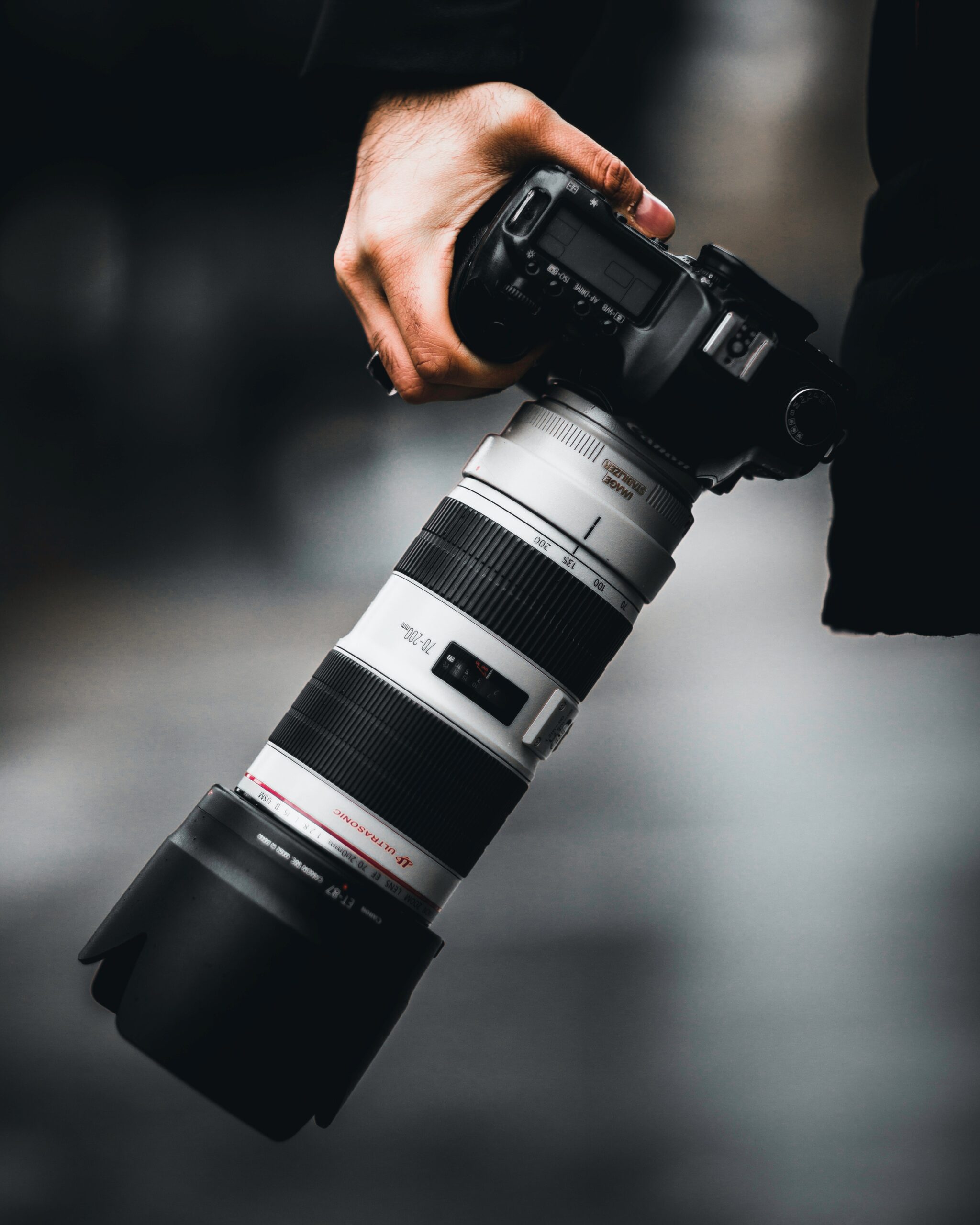When it comes to wildlife photography, one of the most common questions that arises is whether a 400mm lens is enough. While there’s no simple answer to this question, there are several factors to consider when deciding whether a 400mm lens is sufficient for capturing the wildlife shots you’re after. In this article, we’ll take a closer look at the advantages and disadvantages of using a 400mm lens for wildlife photography, and explore the factors you need to consider when deciding if it’s enough for your needs.
Firstly, it’s important to understand what a 400mm camera lens can do. A 400mm lens is generally considered a medium telephoto lens, and is often used for wildlife photography due to its ability to capture subjects at a distance. With a 400mm lens, you’ll be able to capture sharp images of wildlife from a relatively safe distance without disturbing them, which is important for capturing natural behavior.
One of the biggest advantages of using a 400mm lens is that it provides a good amount of reach, allowing you to capture images of wildlife that would otherwise be too far away. This is particularly useful when photographing birds, as they are often skittish and easily scared off. With a 400mm lens, you can capture birds in flight or perched on a branch without disturbing them.
Another advantage of a 400mm lens is that it can provide a shallow depth of field, which is useful for isolating your subject from the background. This can create a more dramatic image and draw the viewer’s attention to the subject. Additionally, a 400mm lens can produce sharp, high-quality images when used correctly.
However, there are also some disadvantages to consider when using a 400mm lens. One of the biggest is that it can be heavy and cumbersome, particularly when attached to a camera body. This can make it difficult to carry around for extended periods of time or when hiking in rugged terrain. Additionally, a 400mm lens can be expensive, which may not be a viable option for all wildlife photographers.
Another consideration is that a 400mm lens may not be sufficient for capturing some types of wildlife, particularly smaller or more elusive animals. For example, if you’re interested in photographing insects or small mammals, you may need a lens with a longer focal length to capture them effectively.
When deciding whether a 400mm lens is enough for your wildlife photography needs, there are several factors to consider. These include the type of wildlife you’re interested in photographing, the distance you’ll be shooting from, and your budget.
If you’re primarily interested in capturing images of birds or larger mammals from a safe distance, a 400mm lens can be a good option. Additionally, if you’re working within a budget or don’t want to carry around a heavier lens, a 400mm lens can provide a good balance between reach and portability.
However, if you’re interested in capturing smaller or more elusive wildlife, or if you need more reach for your shots, a 400mm lens may not be sufficient. In these cases, you may want to consider a lens with a longer focal length or a teleconverter to extend the reach of your lens.
Ultimately, the decision of whether a 400mm lens is enough for your wildlife photography needs will depend on your individual circumstances and preferences. By considering the factors we’ve discussed in this article, you’ll be able to make an informed decision about the equipment you need to capture the wildlife shots you’re after.

